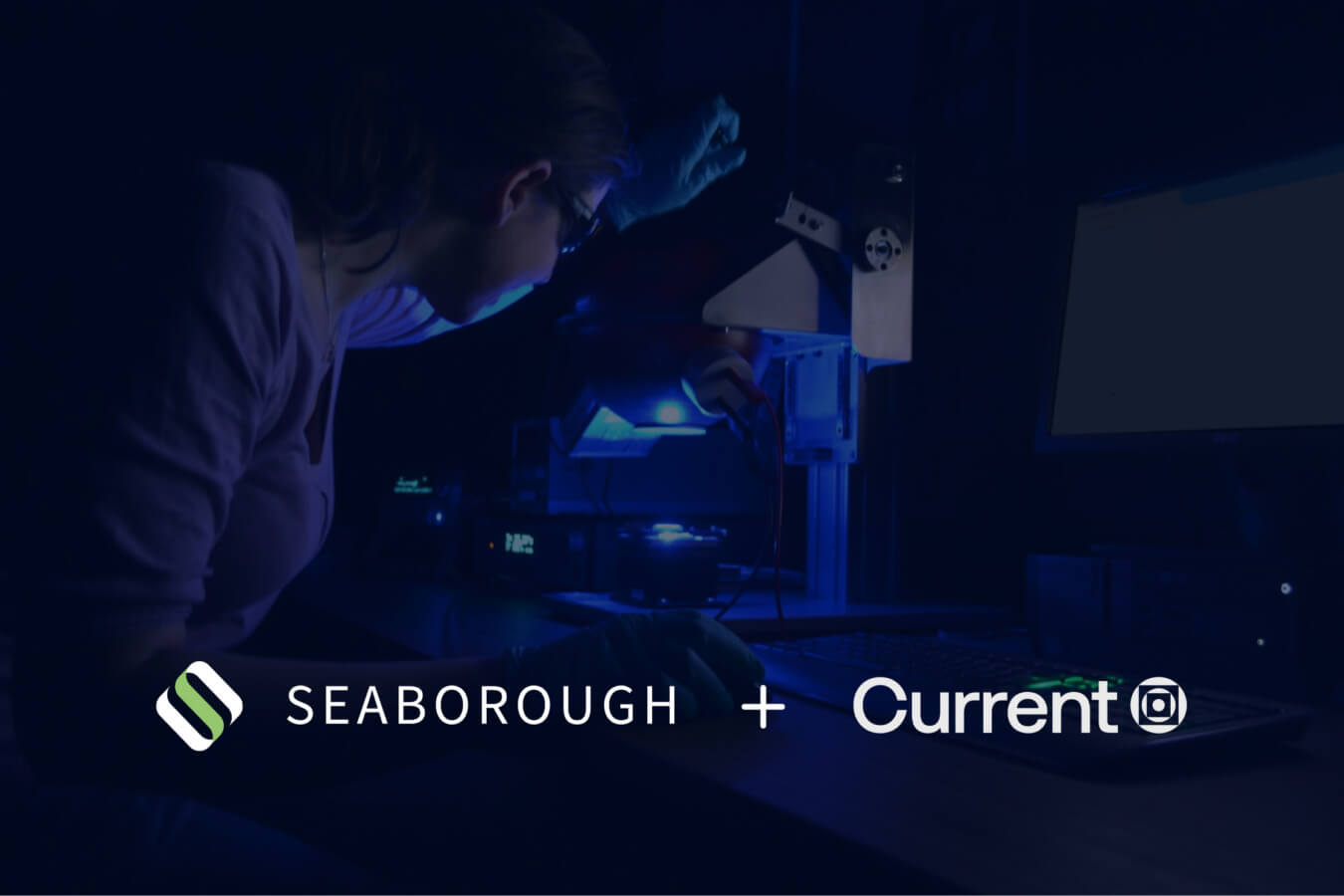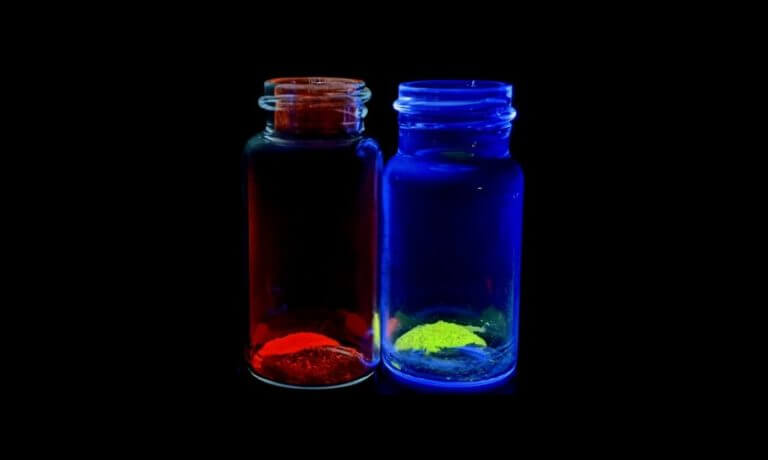
Current Chemicals and Seaborough partner up to industrialize efficient nano engineered phosphor materials for LEDs
General / Materials
Materials / November 5, 2020
Seaborough aims to contribute to a better world by developing sustainable lighting solutions. Therefore, Seaborough has developed a new, non-toxic red phosphor technology for highly efficient warm white LEDs: “EuroLED”.

EuroLED’s unique spectral shape eliminates the critical problem of a trade-off between high efficiency and high color quality, by offering up to 20% efficiency improvement above today’s state-of-the-art white LEDs for general illumination. By doing so, the key drawback of today’s LED lighting technology (push towards efficient, but cold (ugly) white light) would be solved. EuroLED thus accelerates worldwide adoption of LED lighting and as such contributes to significant energy savings.
EuroLED enables the use of Eu3+ materials for LEDs for the first time, which are the holy grail for next generation warm white LEDs due to their ultra-narrow band emission in the red. The materials are engineered on the nanoscale, allowing precise control over optical properties via interparticle energy transfer (IFRET). The nanoscale building blocks consists of stable and efficient rare earth doped materials, well-known on the micron scale for use in LEDs and fluorescent tubes. Moreover, once the optical properties are set, EuroLED materials can be further engineered to obtain superior chemical and physical properties. This combination of material engineering on the nano- and micron-scale is truly unique and enables many possibilities for next generation LED based applications.
Join us at this year’s Phosphors & Quantum Dots Industry Forum to hear more about our recent results! Our Materials Scientist Anne Berends will present Friday November 13, 2.30 pm ET.
Figure: In the EuroLED material Tb3+ transfers its energy to Eu3+ via IFRET, in the non-EuroLED material is does not. λex = 254 nm